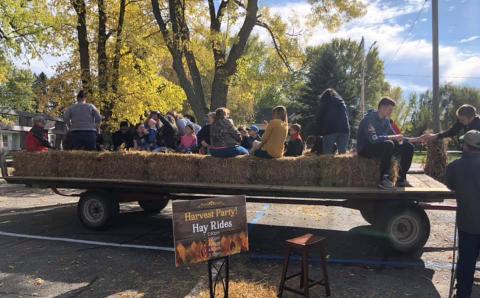A stone struck Paul so hard on the head that he was knocked unconscious. The fall jarred open a memory of another stoning. One in which he had participated. Paul saw the man named Stephen being stoned for claiming that Jesus of Nazareth was the Messiah, the risen Lord. Stephen’s face radiated light as he prayed for God to forgive his stoners. Paul drifted into darkness.
“He’s dead,” the stone-thrower said, dropping a rock from his hand.
“Now we'll see who’s going to rise from the dead,” another said.
The men were sweating, but they had to get rid of the body before nightfall. They staggered as they dragged it like trash outside the gates of the city.
As soon as the stone-throwers were out of sight, Paul’s friends surrounded him. “Paul! Paul!" they called again and again to his limp body.
“Yes, Lord,” dribbled from his mouth.
“He’s alive! He thinks Jesus is calling him.”
Very gently they helped him sit up. When he recognized them, he said, “I thought I was dead, but Jesus came to my rescue.”
Still a little dazed, Paul’s thoughts wandered into recurring questions of identity: Who am I? Why was I tracked down and stoned?
The next morning, feeling the painful bruises from the stoning, his tongue discovering some loose teeth, he and Barnabas left Lystra for Derbe.
It was the stoning, an excruciatingly painful and prolonged execution, that shook me up. Over the years I had assigned Paul a number of roles: He was a successful planter of churches, a brilliant writer, litigator, theologian, philosopher, and judge. His voice was the call of the Reformation. But for me, he had lost his human features.
After seeing his human face in the stoning, I met Paul again in his daring claim to the Galatians that he had suffered Christ’s wounds: “I have been crucified with Christ and I no longer live, but Christ lives in me. The life I now live in the body, I live by faith in the Son of God, who loved me and gave himself for me” (Gal. 2:20). This was Paul, the human being who had discovered that fleshly wounds were at the heart of his identity with Christ. He bore on his body “the marks of Jesus” (Gal. 6:17).
Paul clung to the broken body and the shed blood of Jesus Christ when he wrote the holy communion liturgy: “This is my body, which is for you. ... This cup is the new covenant in my blood” (1 Cor. 11:24-25).
About the Author
Charlotte F. Otten is a retired professor of English at Calvin College. She attends Calvin CRC in Grand Rapids, Mich.







